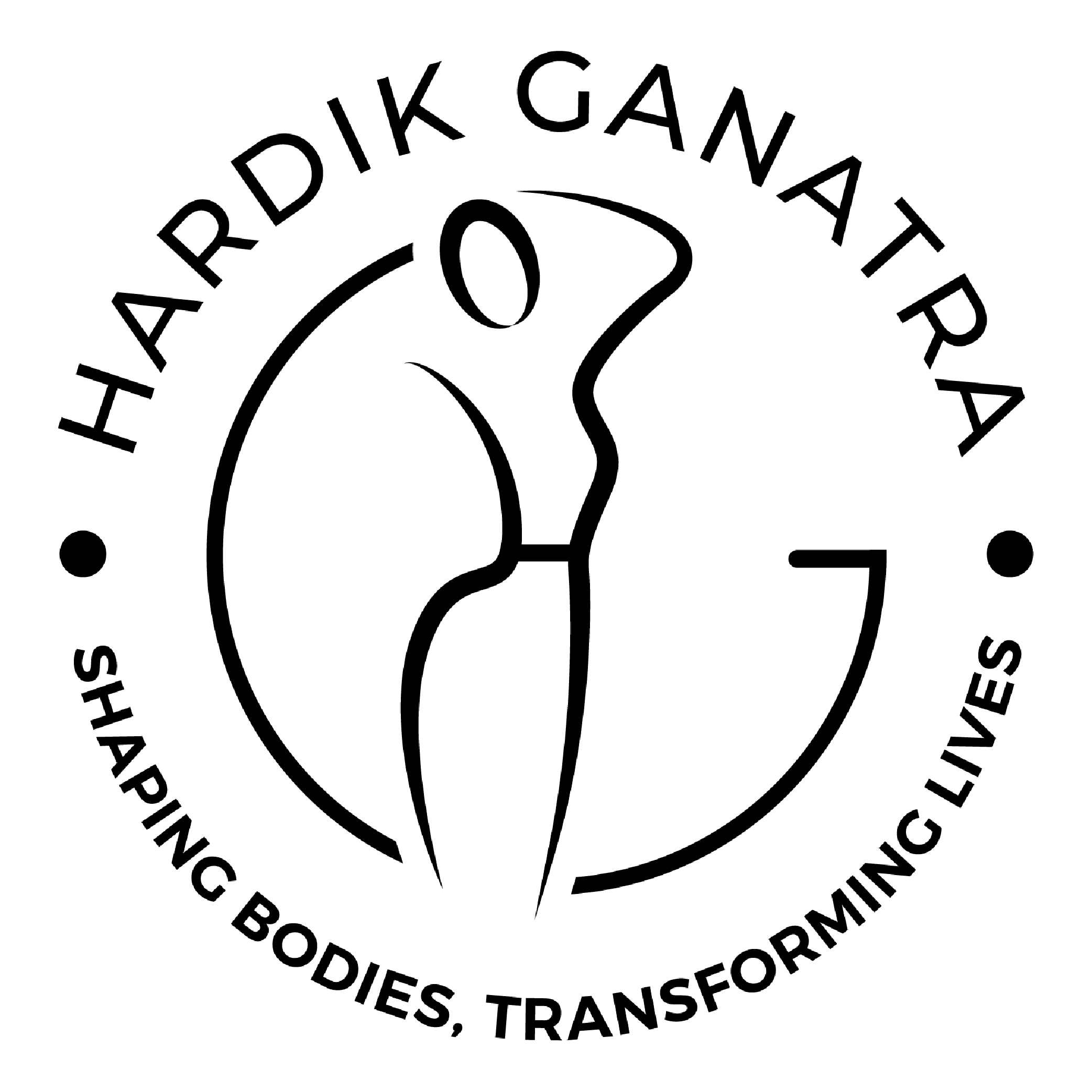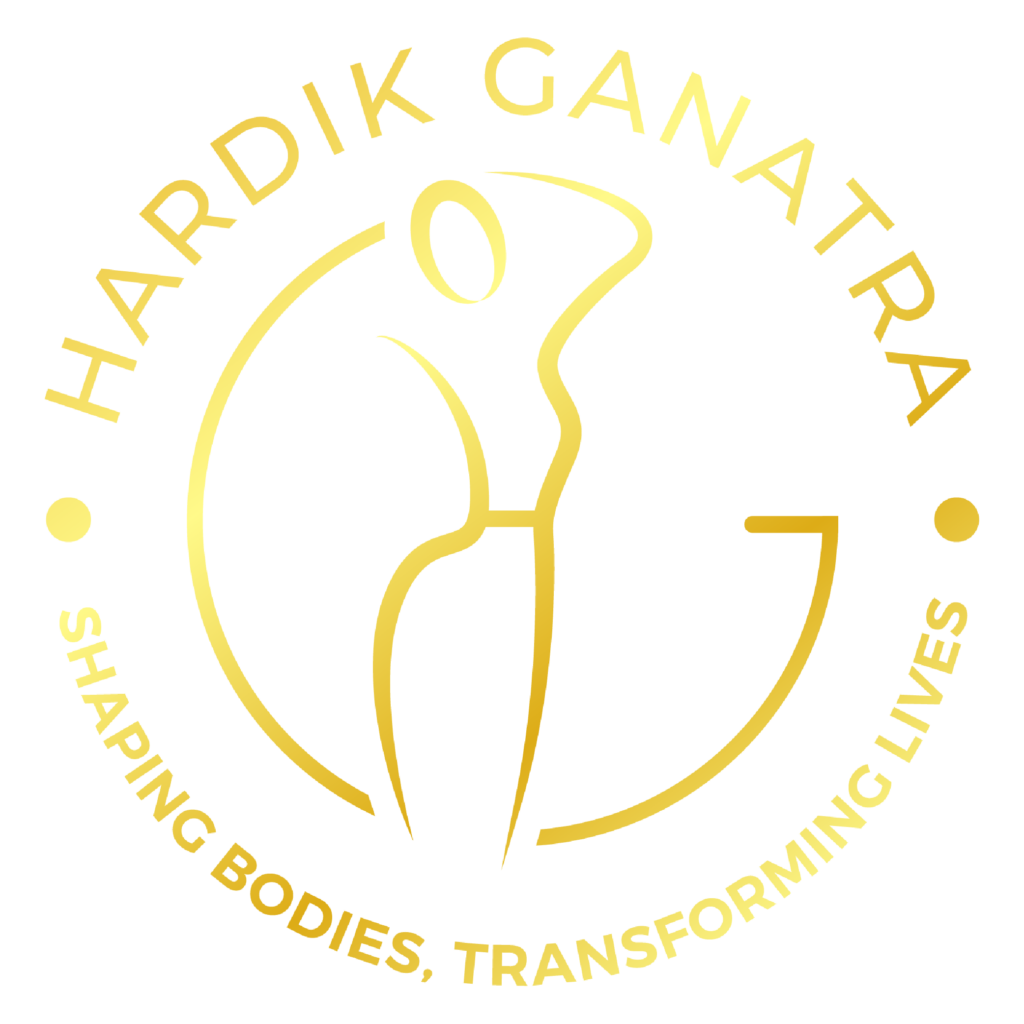Neurotoxin
Neurotoxins used medically are purified proteins derived from the bacterium Clostridium botulinum.
Mechanism: They work by temporarily blocking the release of acetylcholine, the key neurotransmitter responsible for signaling muscles to contract at the neuromuscular junction. When injected precisely into targeted muscles or glands:
1. Muscle Relaxation: Nerve signals telling the muscle to contract are interrupted. The muscle weakens and relaxes, reducing or eliminating the dynamic wrinkles (lines caused by muscle movement) on the overlying skin.
2. Glandular Activity Reduction: In sweat glands (eccrine) or potentially salivary glands, neurotoxins block the nerve signals that stimulate fluid production, significantly decreasing output.
3. Pain Modulation: For conditions like chronic migraines, the mechanism is more complex and not solely muscle-based. It’s believed neurotoxins may inhibit the release of pain neurotransmitters (like CGRP – Calcitonin Gene-Related Peptide) from sensory nerve endings involved in migraine pathways and reduce peripheral sensitization.
Key Indications for Neurotoxin Use
I. Cosmetic Applications (FDA-Approved & Common Off-Label):
Glabellar Lines (“11s” or Frown Lines): Vertical lines between the eyebrows caused by corrugator and procerus muscle activity.
Horizontal Forehead Lines: Lines across the forehead caused by frontalis muscle elevation.
Lateral Canthal Lines (“Crow’s Feet”): Lines radiating from the outer corners of the eyes caused by orbicularis oculi muscle contraction (smiling, squinting).
Bunny Lines: Lines on the sides/upper bridge of the nose caused by nasalis muscle scrunching.
Lip Lines (“Smoker’s Lines”): Vertical lines above the upper lip (off-label). Requires very precise, low dosing.
Lip Flip: Small doses injected into the orbicularis oris muscle just above the upper lip border to cause a subtle upward curl/roll, making the lip appear fuller (off-label).
Gummy Smile: Injection into the levator labii superioris alaeque nasi muscles to reduce excessive elevation of the upper lip, revealing less gum tissue (off-label).
Downturned Mouth Corners: Injection into the depressor anguli oris (DAO) muscle to lift the corners of the mouth (off-label).
Neck Bands (Platysmal Bands): Vertical cords in the neck caused by platysma muscle contraction. Requires deep injection along the bands.
Masseter Muscle Hypertrophy: Injection into the masseter muscles (jaw) to slim a square jawline and can alleviate TMJ-related clenching/grinding (off-label cosmetic/functional).
Chin Dimpling (“Peau d’Orange”): Injection into the mentalis muscle to smooth dimpling or puckering of the chin.
II. Functional/Medical Applications (FDA-Approved & Common Off-Label):
Chronic Migraine Prophylaxis: Defined as 15 or more headache days per month, lasting 4+ hours. Requires specific injection protocol (fixed sites across forehead, temples, back of head, neck/shoulders – typically 155-195 units total).
Severe Primary Axillary Hyperhidrosis (Excessive Underarm Sweating): When topical treatments fail. Injected intradermally across the sweat gland-dense area.
Palmar Hyperhidrosis (Excessive Hand Sweating): Off-label but common. Requires higher doses and precise injections; risk of temporary hand weakness.
Plantar Hyperhidrosis (Excessive Foot Sweating): Off-label.
Cervical Dystonia (Spasmodic Torticollis): Involuntary neck muscle contractions causing abnormal head posture and pain. Requires specialized EMG guidance often.
Blepharospasm: Involuntary eyelid twitching/spasms.
Strabismus (Crossed Eyes): Injection into specific eye muscles.
Upper Limb Spasticity: Following stroke, traumatic brain injury, or cerebral palsy.
Lower Limb Spasticity: Often post-stroke.
Neurogenic Detrusor Overactivity (Overactive Bladder): When oral meds fail, injected into the bladder wall cystoscopically.
Trapezius Muscle Spasm/Hypertrophy/Chronic Pain: Off-label but increasingly common for tension headaches, “tech neck,” and aesthetic shoulder contouring. Requires careful dosing due to functional role.
Temporomandibular Joint Disorder (TMJ/TMD):Primarily targeting masseter, temporalis, and sometimes lateral pterygoid muscles to reduce clenching/grinding and associated pain (off-label).
Major Neurotoxin Brands: Differences & Key Characteristics
All are botulinum toxin type A, but differ in formulation:
1. Botox (OnabotulinumtoxinA – Allergan/AbbVie):
The Pioneer: Most researched and widely recognized brand.
Formulation: Contains complexing proteins surrounding the core neurotoxin protein.
Dosing: Measured in Units (U).
Units are NOT interchangeable with other brands.
Onset:Typically 3-7 days.
Duration: Typically 3-4 months.
FDA Approvals: Extensive (cosmetic frown/forehead/crow’s feet, migraine, hyperhidrosis, blepharospasm, strabismus, cervical dystonia, spasticity, bladder, crow’s feet).
2. Dysport (AbobotulinumtoxinA – Galderma/Ipsen):
Formulation: Contains different complexing proteins; smaller molecular size *in solution*.
Diffusion: Known for potentially wider diffusion/spread from the injection site (can be advantageous for larger areas like forehead, but requires precision to avoid affecting unintended muscles).
Dosing: Measured in Units (U). 1 Botox Unit ≠ 1 Dysport Unit. Common conversion is roughly 1:2.5 or 1:3 (e.g., 20U Botox area might require ~50-60U Dysport). Always follow prescribing info.
Onset: Often slightly faster (2-5 days).
Duration: Similar to Botox (3-4 months).
FDA Approvals: Cosmetic frown/crow’s feet, cervical dystonia, glabellar lines.
3. Xeomin (IncobotulinumtoxinA – Merz):
“Naked“ Toxin: Purified to remove complexing proteins (“core neurotoxin only”).
Theoretical Advantages: Potentially lower risk of antibody development (leading to treatment resistance), especially relevant for high-dose or frequent users. May be less likely to clump during injection.
Dosing: Measured in Units (U). Considered largely unit-for-unit equivalent to Botox for most cosmetic indications (e.g., similar dose for glabella), but always confirm with provider.
Onset & Duration: Similar to Botox (3-7 days onset, 3-4 months duration).
FDA Approvals: Cosmetic frown/forehead/crow’s feet, blepharospasm, cervical dystonia, upper limb spasticity.
4. Jeuveau (PrabotulinumtoxinA – Evolus):
“Newtox”: Approved specifically for cosmetic use (glabellar lines).
Contraindications
Known hypersensitivity to any component, infection at injection site(s), neuromuscular junction disorders (Myasthenia Gravis, Lambert-Eaton syndrome, ALS), pregnancy, breastfeeding (safety not established). Caution with bleeding disorders or on blood thinners (risk of bruising).
Drug Interactions: Aminoglycoside antibiotics, calcium channel blockers, muscle relaxants, quinidine may potentiate effects. Inform provider of all medications/supplements.
Downtime: Minimal to none. Often called a “lunchtime procedure.” Bruising (if it occurs) is the main visible downtime, lasting 3-10 days. Patients can usually return to normal activities immediately but are advised to:
– Avoid rubbing/massaging the treated areas for 24 hours (to prevent toxin migration).
– Avoid strenuous exercise, saunas, hot tubs, and excessive heat/sun for 24 hours.
– Remain upright for 4 hours post-injection (no lying down/napping).
– Avoid facials, microdermabrasion, or laser treatments for 24-48 hours.
– Final results take 7-14 days to fully manifest. Touch-ups, if needed, are usually done at 2 weeks.
Risks, Side Effects & Downtime
Common & Temporary Side Effects (Injection Site):
Pain, redness, swelling, bruising (ecchymosis) – Minimized with skilled injection, small needles, and ice.
– Mild headache.
– Temporary numbness or heaviness near injection sites.
Procedure-Specific Side Effects:
Cosmetic (Face): Asymmetry, eyebrow/eyelid ptosis (drooping – especially if injected too low in forehead or near brow), “Spock” brows (unnaturally arched brows), unnatural facial expression, crooked smile, dry eye (if affecting orbicularis oculi near lid margin), double vision (rare, periorbital injections), lip weakness/incompetence (lip flip/gummy smile), difficulty articulating certain sounds (perioral injections), neck weakness (platysmal bands).
Hyperhidrosis: Compensatory sweating (increased sweating in other areas – debated but reported).
Migraine: Neck pain/stiffness (due to protocol).
Trapezius/Masseter: Localized muscle weakness affecting function (e.g., difficulty lifting heavy objects overhead, temporary change in chewing strength/bite).
General: Flu-like symptoms (rare), localized skin rash.
Rare/Serious Risks: Spread of toxin effect leading to muscle weakness distant from injection site, causing symptoms like dysphagia (swallowing difficulty), dysarthria (slurred speech), generalized muscle weakness, breathing difficulties. Higher risk with large doses or pre-existing neuromuscular disorders (e.g., Myasthenia Gravis, ALS).
– Urinary retention (especially with bladder injections).
– Severe allergic reaction (anaphylaxis – extremely rare).
Critical Considerations for Neurotoxin Treatment
1. Provider is Paramount: Choose a board-certified dermatologist, plastic surgeon, facial plastic surgeon, or oculoplastic surgeon with extensive, specific experience in neurotoxin injections. Expertise in anatomy and technique is crucial for safety and natural results. Avoid medspas with non-core practitioners.
2. Realistic Expectations: Neurotoxins soften dynamic lines, not static wrinkles or skin texture. Results are temporary. “Frozen” looks are usually due to over-treatment or poor technique.
3. Comprehensive Consultation: Discuss goals, medical history, medications, allergies, and potential risks. Ensure you understand the plan, product used, and cost.
4. Consistency is Key: Results last 3-4 months. Consistent treatments often lead to longer-lasting effects and may prevent deepening of static wrinkles.
5. Cost: Varies significantly by geographic location, provider expertise, and number of units used. Pay per unit is generally more transparent than per area. Cosmetic use is typically self-pa
Neurotoxins (Botox, Dysport, Xeomin, Jeuveau) are versatile medical tools offering significant cosmetic enhancement and functional relief for various conditions. Understanding their mechanisms, the differences between brands, appropriate indications, potential risks, and the paramount importance of choosing a highly qualified injector is essential for achieving safe, effective, and satisfying results. Whether seeking smoother facial lines, relief from migraines, or management of excessive sweating, neurotoxin therapy, when performed expertly, can significantly improve quality of life. Always prioritize a thorough consultation with a board-certified specialist.
Quick Links
"A good plastic surgeon sees beauty in details and brings it to life!"

Dr. Hardik Ganatra
PLASTIC SURGEON

